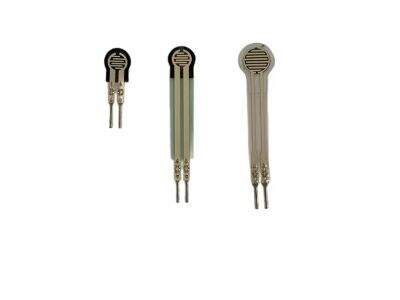Force sensing resistors are neat inventions that make touch-sensitive devices work. They can be found in devices such as smartphones, tablets and smartwatches. In this article we will go over what force sensing resistors are and how they work, where force sensing resistors are used, and why force sensing resistors are useful.
Force Sensing Resistors Force Sensing Resistors Work
Force sensing resistors vary their resistance depending on how much you press them. When you press a force sensitive resistor, it detects your push, and wings a signal to a device that’s plugged into it. This signal conveys to the device how much pressure was exerted, and the device can use that to respond. This is what touching touchscreens can be like.
What Material Are Force Sensing Resistor Made Of?
FSRs are constructed of a unique conductive material that when provided with electricity is used as a conductive pathway. Press down and the conductive material that runs from top to bottom of the sponge touches the layers more closely, altering resistance. The degree of this change is measured to determine how much pressure was exerted.
Above are the main advantages of force resistance sensors, they offer ease of use and are cost effective.
Force sensing resistors aid in determining the right force when using touch-sensitive devices more convenient and enjoyable. On a touchscreen, they can distinguish between a light tap and a hard press, for instance. That is to say that different things can happen according to the force with which you press. This will make everybody enjoy using devices more.
Application Areas for Force Sensing Resistors
Touchscreens often include force sensing resistor for drawing and handwriting recognition. They are also used in game controllers, giving games that lifelike feel. They are even employed in medical devices, as in electronic stethoscopes, to assist with making accurate readings.
Advantages of Force Sensing Resistors
There are several advantages to using force sensing resistor in touch sensitive devices. For one, they facilitate more natural and intuitive interaction with technology, empowering users to better control their devices. Second, they are strong and still work well even after many uses. And finally, they are cheap and small enough to be crammed in many devices, so they are popular with a lot of makers.


